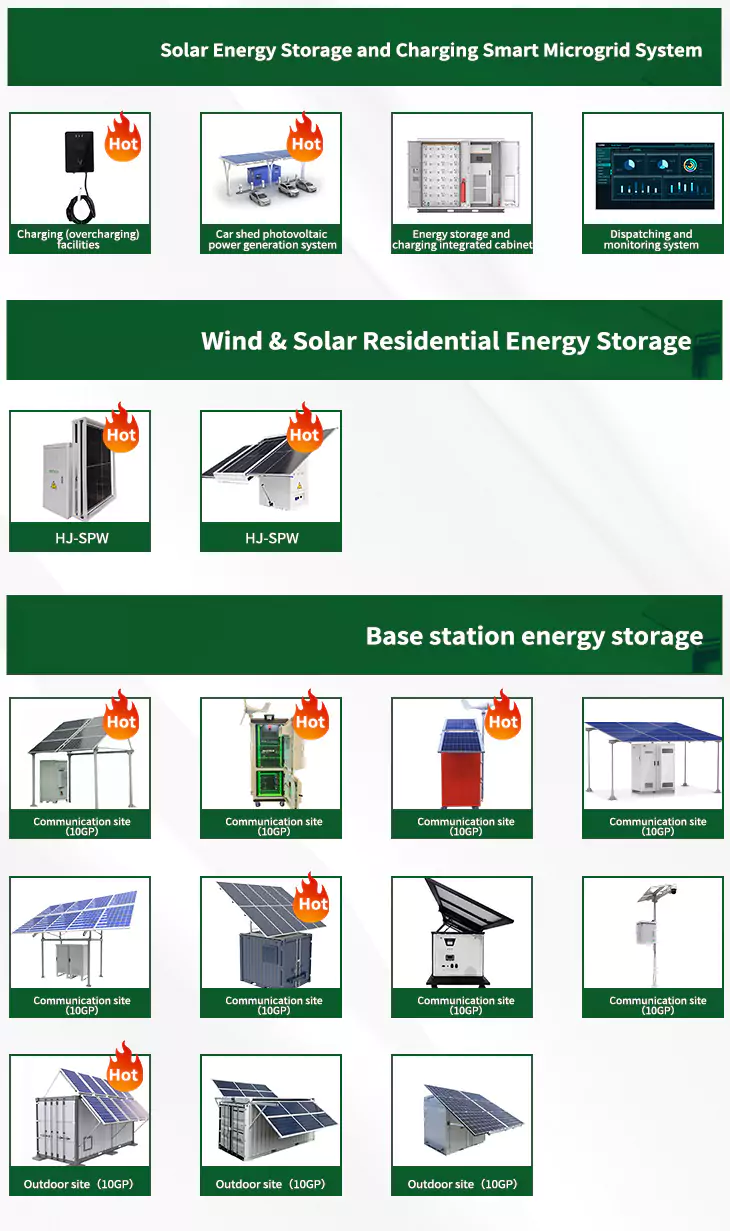About Financial Accounts of Microgrids
As the photovoltaic (PV) industry continues to evolve, advancements in Financial Accounts of Microgrids have become critical to optimizing the utilization of renewable energy sources. From innovative battery technologies to intelligent energy management systems, these solutions are transforming the way we store and distribute solar-generated electricity.
When you're looking for the latest and most efficient Financial Accounts of Microgrids for your PV project, our website offers a comprehensive selection of cutting-edge products designed to meet your specific requirements. Whether you're a renewable energy developer, utility company, or commercial enterprise looking to reduce your carbon footprint, we have the solutions to help you harness the full potential of solar energy.
By interacting with our online customer service, you'll gain a deep understanding of the various Financial Accounts of Microgrids featured in our extensive catalog, such as high-efficiency storage batteries and intelligent energy management systems, and how they work together to provide a stable and reliable power supply for your PV projects.
6 FAQs about [Financial Accounts of Microgrids]
Can microgrids be financed?
Microgrids can be financed if the components (and potentially the entire system) can be justified economically and paid for out of energy savings or avoided costs.
How can a microgrid be monetized?
For example, more sophisticated microgrid owners may explore options for how to monetize those revenue streams to raise upfront cash such as in the bond market or through securitization. Alternatively, or in addition, some microgrid projects may be eligible for grant funding or financing from a federal or state energy finance initiative.
Should a state invest in a microgrid?
Rather than that, the results suggest a state investment over private investment, as the current state of financial structure enables state entities to enjoy the advantages of microgrid establishment more than private investors.
How does government support microgrids?
Support for microgrids comes from research and development (R&D) programs at federal and state levels, software and tools, grants and funding support to incentivize demonstration projects, and tax and financial incentives for the installation of distributed energy [2, 3, 6, 126].
Who owns a microgrid?
According to Navigant Research , the majority of grid-tied microgrids today are owned and financed by facility owners, especially in the campus/institutional category. It is important to recognize that microgrids, especially community microgrids, can utilize the existing distribution system infrastructure, radically reducing their costs.
Why is a microgrid important?
A microgrid can enhance a site’s electrical power system during normal operations and provide reliable backup power to critical loads when electric utility power is interrupted. Economically, many times, certain components of a microgrid (and potentially the entire system) can be justified due to energy savings or avoided costs.
Related Contents
- Financial and taxation policies for solar power generation
- Wind power accounts for the proportion of power generation
- How much wind power accounts for the country s electricity generation
- Solar power generation accounts for 2 5 of my country s
- Recommended textbooks on smart microgrids
- 30 minutes to learn about microgrids
- Does Xuji Electric make microgrids
- Advantages of multiple microgrids
- The Prospects and Outlook of Microgrids
- Are microgrids the future
- Difficulty in Popularizing Microgrids
- How many independent microgrids are there in the country


